TIP562: HOW TO COPE WITH MARKET CYCLES
01 July 2023
On today’s episode, Clay completes his review of Howard Marks’ book – Mastering the Market Cycle. This is a wonderful book for understanding market cycles and where we are at in the cycle at any given time. Most investors aren’t aware of the cyclicality of markets and are prone to fall victim to greed and fear at the exact wrong times. Superior investors are aware of markets cycles, and position themselves to profit from them.
IN THIS EPISODE, YOU’LL LEARN:
- How Howard Marks thinks about the real estate cycle.
- Why cycles will continue indefinitely into the future.
- The three stages of a bull market and bear market.
- How Isaac Newton lost a fortune in the South Sea Bubble in 1720.
- The telltale sign to look for to almost be certain that you’re in a market bubble.
- Howard Marks’s thoughts on where we are at in the market cycle in 2023.
- How to know when is the appropriate time to position your portfolio aggressively and defensively.
- Why ‘silver bullets’ never pan out well for investors.
- Why Oaktree thinks timing market bottoms is a fool’s errand.
- Why success can bring the seeds of failure for many investors, companies, and sectors.
TRANSCRIPT
Disclaimer: The transcript that follows has been generated using artificial intelligence. We strive to be as accurate as possible, but minor errors and slightly off timestamps may be present due to platform differences.
[00:00:00] Clay Finck: Hey, everybody! Welcome to The Investors Podcast. I’m your host today, Clay Finck. Today, I will be continuing my discussion on Howard Marks’ wonderful book called “Mastering the Market Cycle.” In episode 559, I covered the first half of the book, and this episode covers the second half, as well as bringing in a few of my favorite clips from Howard’s recent appearance on our show with Trey Lockerbie.
[00:00:27] Clay Finck: During this episode, we cover the real estate cycle and how it differs from other cycles, the three stages of a bull and bear market, what we can learn from previous bubbles and crashes, such as the South Sea bubble, the one telltale sign to recognize when you’re in a bubble, how Howard thinks about gauging the temperature of the markets, how he approaches buying during a panic, and why he doesn’t try to time the bottom. We also discuss why cycles are likely to persist as far as the eye can see and much more.
[00:01:06] Clay Finck: Without further ado, here is part two of our review of “Mastering the Market Cycle” by Howard Marks.
[00:01:13] Intro: You are listening to The Investor’s Podcast where we study the financial markets and read the books that influence self-made billionaires the most. We keep you informed and prepared for the unexpected.
[00:01:33] Clay Finck: All right, so jumping right in. I wanted to start with Chapter 11, covering the real estate cycle. If there is any asset class where people make broad generalizations to justify their purchase, real estate may be the most prominent example all the time. You hear people say things like “they’re not making any more of it.”
[00:01:55] Clay Finck: You can always live in it, and it’s a hedge against inflation. People use these maxims as justification for making their purchase, even if they don’t do proper due diligence on the price they’re paying. Marks explains that real estate has many common themes that relate to other cycles. One big reason it is so cyclical is the importance of credit in the real estate market.
[00:02:22] Clay Finck: The cycle goes something like this: First, positive events and increased profitability lead to greater enthusiasm and optimism. Second, improved psychology encourages increased activity as buyers use rosier assumptions, and they’re willing to pay higher prices and/or lower their quality threshold. And third, this leads to asset prices rising, which encourages more activity, further price increases, and a greater risk-bearing upon market participants.
HELP US OUT!
Help us reach new listeners by leaving us a rating and review on Apple Podcasts! It takes less than 30 seconds, and really helps our show grow, which allows us to bring on even better guests for you all! Thank you – we really appreciate it!
BOOKS AND RESOURCES
- Check out our newly released TIP Mastermind Community.
- Check out Part 1 of our review of Mastering the Market Cycle, or watch the video here.
- Howard Marks’ book – Mastering the Market Cycle.
- Check out our recent episode covering Clay’s review of Howard Marks’ book – The Most Important Thing, or watch the video here.
- Check out our recent episode covering the 100 to 1 in the Stock Market by Thomas Phelps, or watch the video here.
- Related episode: Listen to TIP378: Move Forward With Caution w/ Howard Marks or watch the video here.
- Related episode: Listen to TIP545: The Third Sea Change Has Begun w/ Howard Marks or watch the video here.
NEW TO THE SHOW?
- Check out our We Study Billionaires Starter Packs.
- Browse through all our episodes (complete with transcripts) here.
- Try our tool for picking stock winners and managing our portfolios: TIP Finance Tool.
- Enjoy exclusive perks from our favorite Apps and Services.
- Stay up-to-date on financial markets and investing strategies through our daily newsletter, We Study Markets.
- Learn how to better start, manage, and grow your business with the best business podcasts.
P.S The Investor’s Podcast Network is excited to launch a subreddit devoted to our fans in discussing financial markets, stock picks, questions for our hosts, and much more! Join our subreddit r/TheInvestorsPodcast today!
SPONSORS
- Invest in Bitcoin with confidence on River. It’s the most secure way to buy Bitcoin with 100% full reserve custody and zero fees on recurring orders.
- Look good and feel good with True Classic‘s range of summer essentials, crafted with premium quality fabrics at an accessible price. Get 25% off today with the code WSB.
- Send, spend, and receive money around the world easily with Wise.
- Choose Toyota for your next vehicle – SUVs that are known for their reliability and longevity, making them a great investment. Plus, Toyotas now have more advanced technology than ever before, maximizing that investment with a comfortable and connected drive.
- Have the visibility and control you need to make better decisions faster with NetSuite’s cloud financial system. Plus, take advantage of their unprecedented financing offer today – defer payments of a full NetSuite implementation. That’s no payment and no interest for six months!
- Easily diversify beyond stocks and bonds, and build wealth through streamlined CRE investing with EquityMultiple.
- Experience real language learning for real conversations with Babbel. Get 55% off your Babbel subscription today.
- Make connections, gain knowledge, and uplift your governance CV by becoming a member of the AICD today.
- Support our free podcast by supporting our sponsors.
Disclosure: The Investor’s Podcast Network is an Amazon Associate. We may earn commission from qualifying purchases made through our affiliate links.













